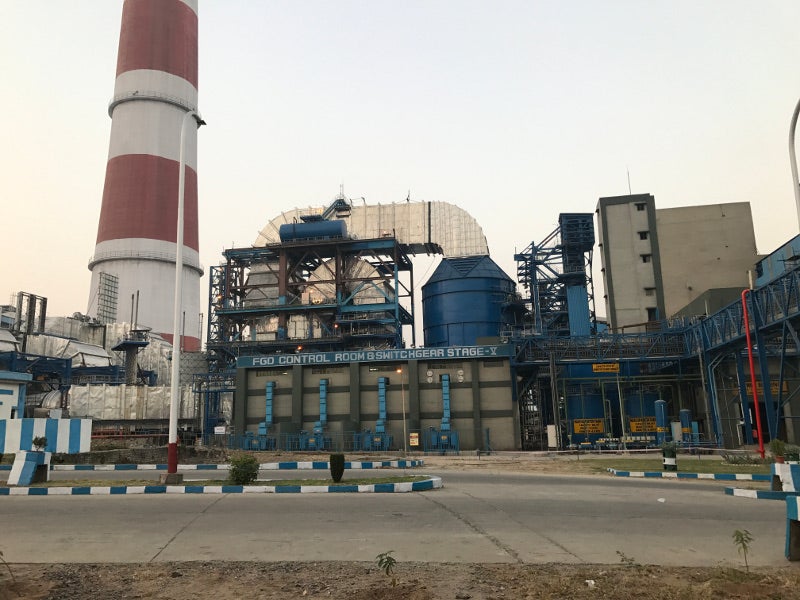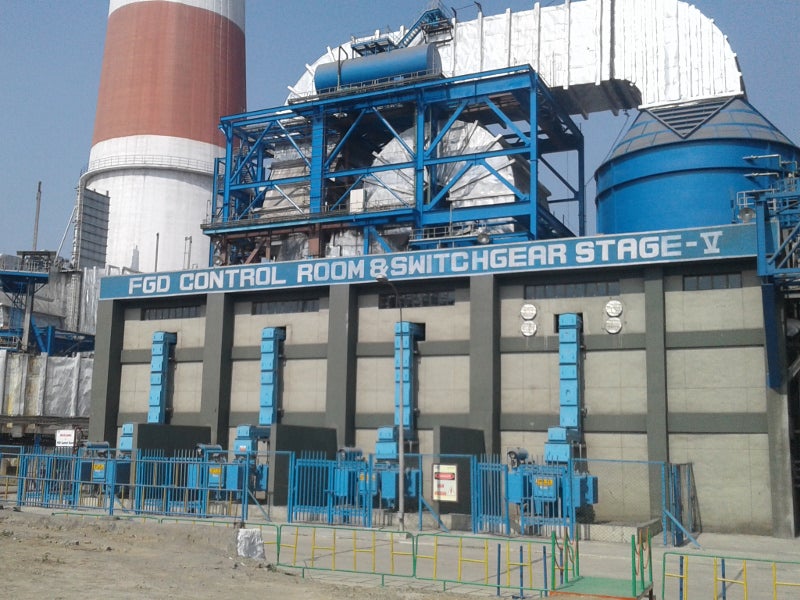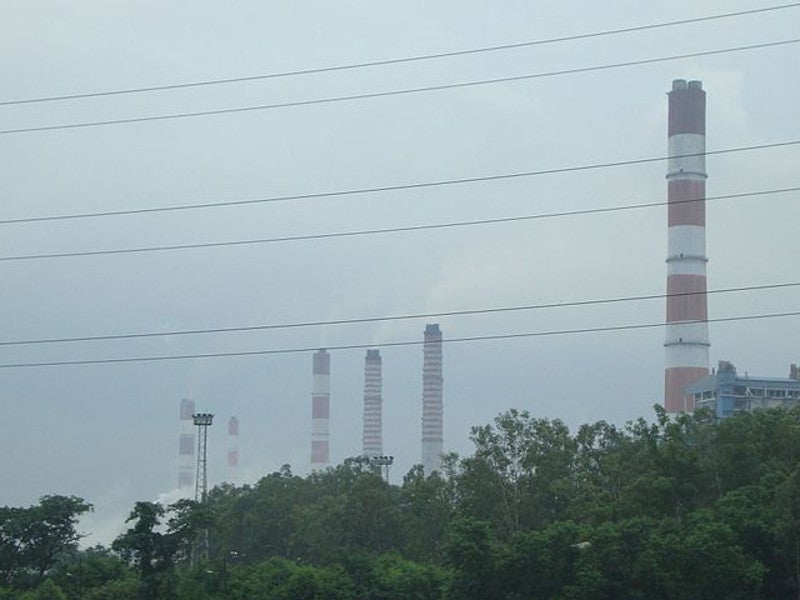The Vindhyachal super thermal power station (STPS) is a 4,760MW coal-fired power station located in the Singrauli district, Madhya Pradesh, India.
Owned and operated by state-run National Thermal Power Corporation (NTPC), the Vindhyachal STPS is currently the biggest thermal power plant in India. It was developed in five stages and comprises 13 generating units.
The plant commenced operations with the commissioning of its first unit in 1987, while the last unit was commissioned in 2015.
The Vindhyachal STPS supplies power to the states of Madhya Pradesh, Gujarat, Maharashtra, Chhattisgarh, Goa, Daman and Diu, as well as Dadra and Nagar Haveli.
Vindhyachal thermal power station location and site details
The Vindhyachal super thermal power station is situated in Vindhyanagar, adjacent to NTPC’s existing Singrauli STPS, on the north-western bank of the Rihand Reservoir.
The power station site is located approximately 50km away from Renukoot and 220km away from Varanasi.
Vindhyachal STPS development stages and plant make-up
Construction on the Vindhyachal pithead coal-fired power station was started in 1982. The stage one development comprised the commissioning of six 210MW units between 1987 and 1991. The boilers and turbine generators for all the six units under stage one were supplied by the Russian companies LMZ and Electrosila.
The stages two, three, and four involved the commissioning of two 500MW coal-fired units each, while a single 500MW unit was added in the stage five development.
The units under stage two were commissioned between 1999 and 2000, followed by the commissioning of the units under stage three between 2006 and 2007.
The fifth and sixth 500MW units of the power station were commissioned under stage four, between 2012 and 2013, while the seventh and the last 500MW unit was commissioned under the stage five development in August 2015.
The boilers and steam turbine generators for all seven 500MW units of the plant were provided by Bharat Heavy Electricals (BHEL).
All units of the Vindhyachal STPS have been equipped with flue gas desulphurisation (FGD) systems to control atmospheric pollution.
The last 500MW unit of the plant was installed with a limestone-based wet flue gas desulphurisation (WFGD) unit in 2018.
Coal and water supply
The coal for the Vindhyachal STPS is sourced from the Nighai and Dudhichua coal mines of the Northern Coalfields (NCL), which is a subsidiary of state-owned Coal India (CIL).
The Vindhyachal thermal power station uses water from the discharge canal of the nearby Singrauli thermal power station.
Vindhyachal HVDC link upgrade
The electricity generated by the power station is transmitted through the 500MW Vindhyachal back-to-back high-voltage direct current (HVDC) link that interconnects Power Grid Corporation of India’s (PGCIL) 400kV alternating current (AC) networks of India’s northern and western regions.
Commissioned in 1989, the Vindhyachal HVDC is the first HVDC transmission link to be built in India.
The 30-year old HVDC transmission system is being upgraded with the installation of new thyristor valves, converter cooling system, HVDC control and protection system, as well as direct current measuring devices and surge arrestors, to extend its useful life.
The Vindhyachal HVDC refurbishment project is expected to be completed by 2021.
Contractors involved
Siemens was contracted for the Vindhyachal HVDC modernisation project in April 2019.
BHEL was responsible for the design, supply, and commissioning of all seven 500MW units of the power station, while Russian companies LMZ and Electrosila supplied the key power generating equipment for the first six 210MW units.
GE supplied and installed the WFGD system for the last 500MW unit of the plant, while L&T and Alstom were engaged for environmental upgrades on the older units.
ABB was engaged for the development of transmission infrastructure, while TRF (formerly Tata Robbins Fraser) was engaged for the design and construction of the coal handling plant of the Vindhyachal STPS.





